By Xoel Cardenas, Office of the Vice President for Research, University of Utah
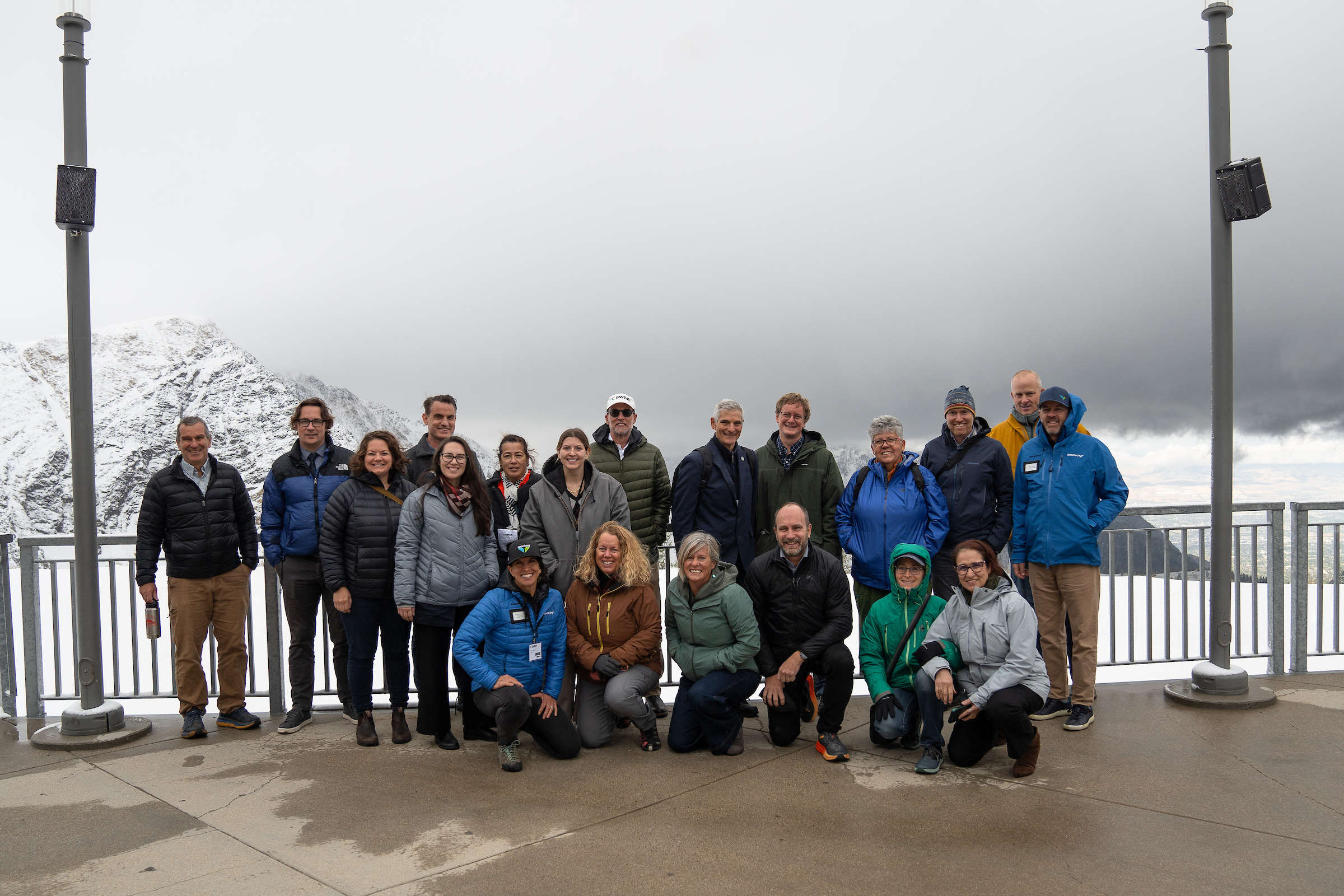 From the headwaters of the Wasatch to the threatened Great Salt Lake, Utah is rich in beauty, environmental opportunities, and stories of sustainability innovation. With an ever-growing population in city, suburban, and rural areas, the Beehive State and region’s economic potential is growing.
From the headwaters of the Wasatch to the threatened Great Salt Lake, Utah is rich in beauty, environmental opportunities, and stories of sustainability innovation. With an ever-growing population in city, suburban, and rural areas, the Beehive State and region’s economic potential is growing.
But the climate challenges Utah and neighboring states face pose dire consequences for the environment and the region’s residents and businesses. The exposed lakebed of the Great Salt Lake; droughts causing water shortages and shrinking lakes; and vast air pollution from wildfire smoke are just some of the challenges being seen.
The climate challenges Utah and the region face are a threat, but these challenges can also drive innovation and create a robust workforce.
Recently, the University of Utah hosted the Southwest Sustainability Innovation Engine (SWSIE) Site Visit highlighting the achievements of the first year of this project. SWSIE is a new National Science Foundation (NSF)-funded program which includes academic, community, nonprofit and industry partners across Arizona, Nevada and Utah to establish the region as a leader in water security, renewable energy, and carbon management, and develop a workforce to support those high-wage industries.
The multi-day site visit showcased Utah’s efforts to make the state and the region a hub of green innovation. Some of the highlights of the event included field trips that spanned the watershed, examples of regional collaboration, partner engagement, building an ecosystem throughout the region, and workforce development, among other topics.
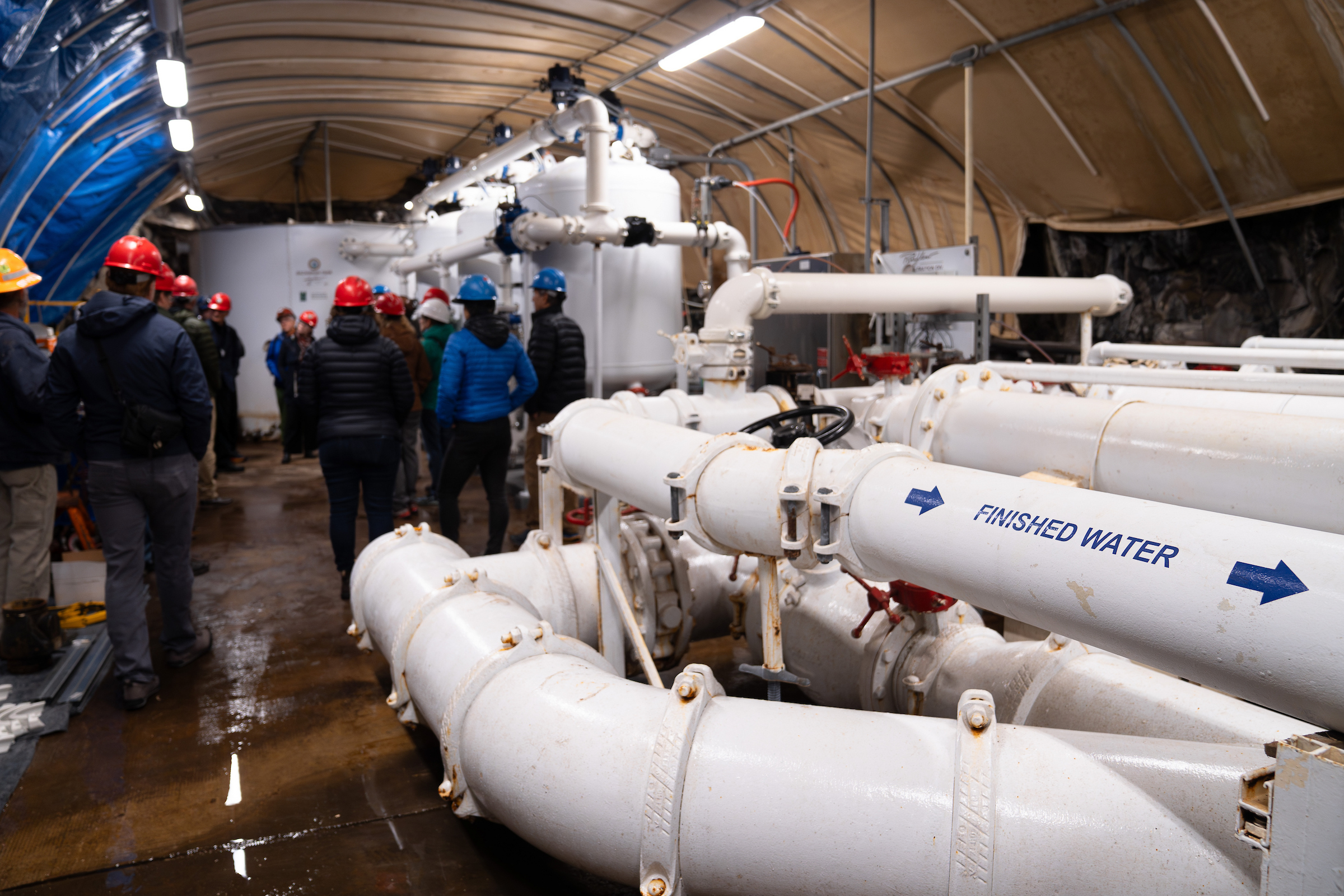
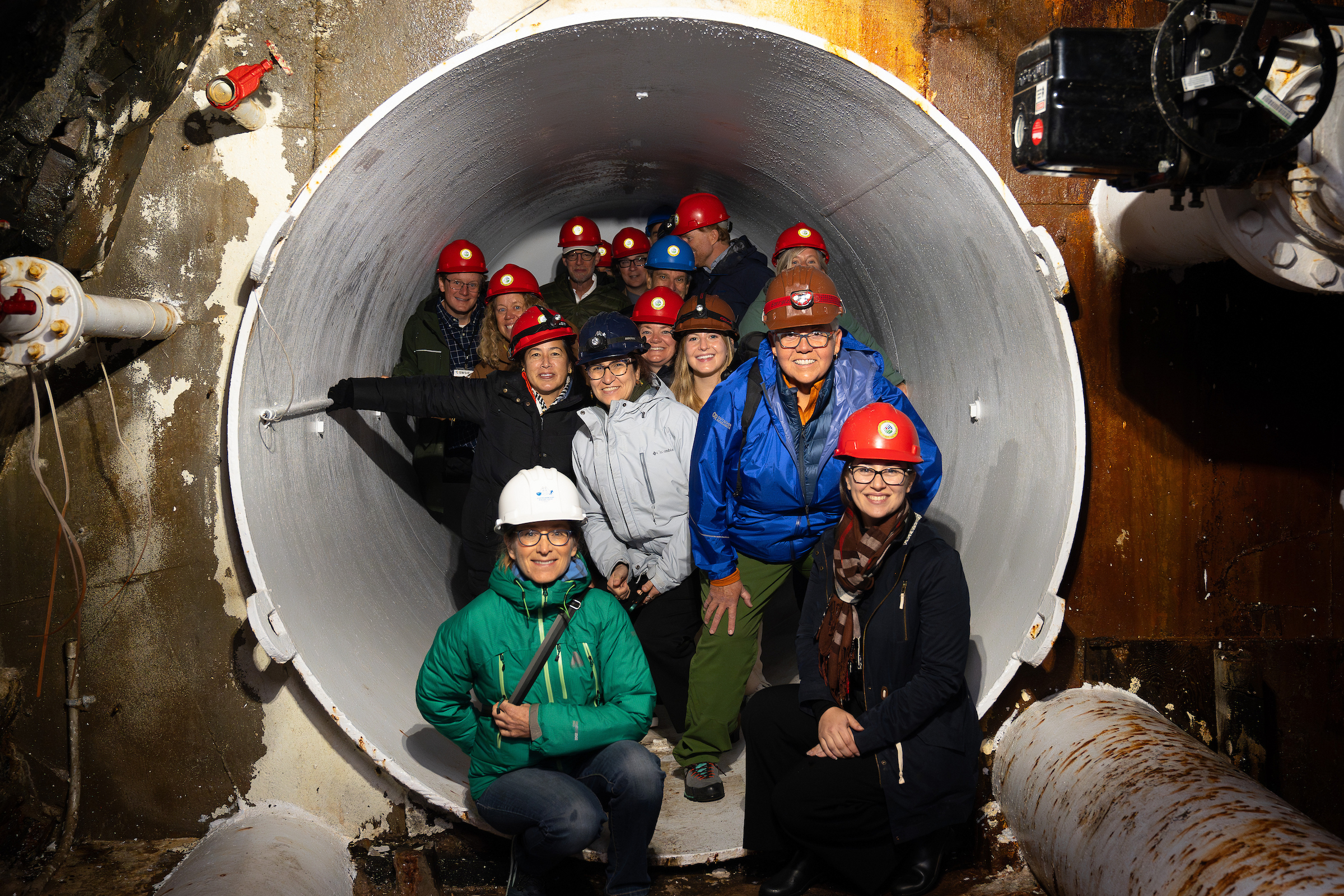
Together with sustainability leaders from POWDR (Snowbird parent corporation) and with partners spanning city, county, state, federal, university, non-profit, and industry, guests of the site visit also toured Snowbird’s underground water treatment facility and learned about data collection in partnership between U researchers and industry. Convening across multiple sectors is a key goal of SWSIE.
A key component of the NSF Engines program is to leverage existing partnerships and coordinate efforts among researchers, industry, and government to accelerate the pace of sustainability innovation and prepare a regional workforce.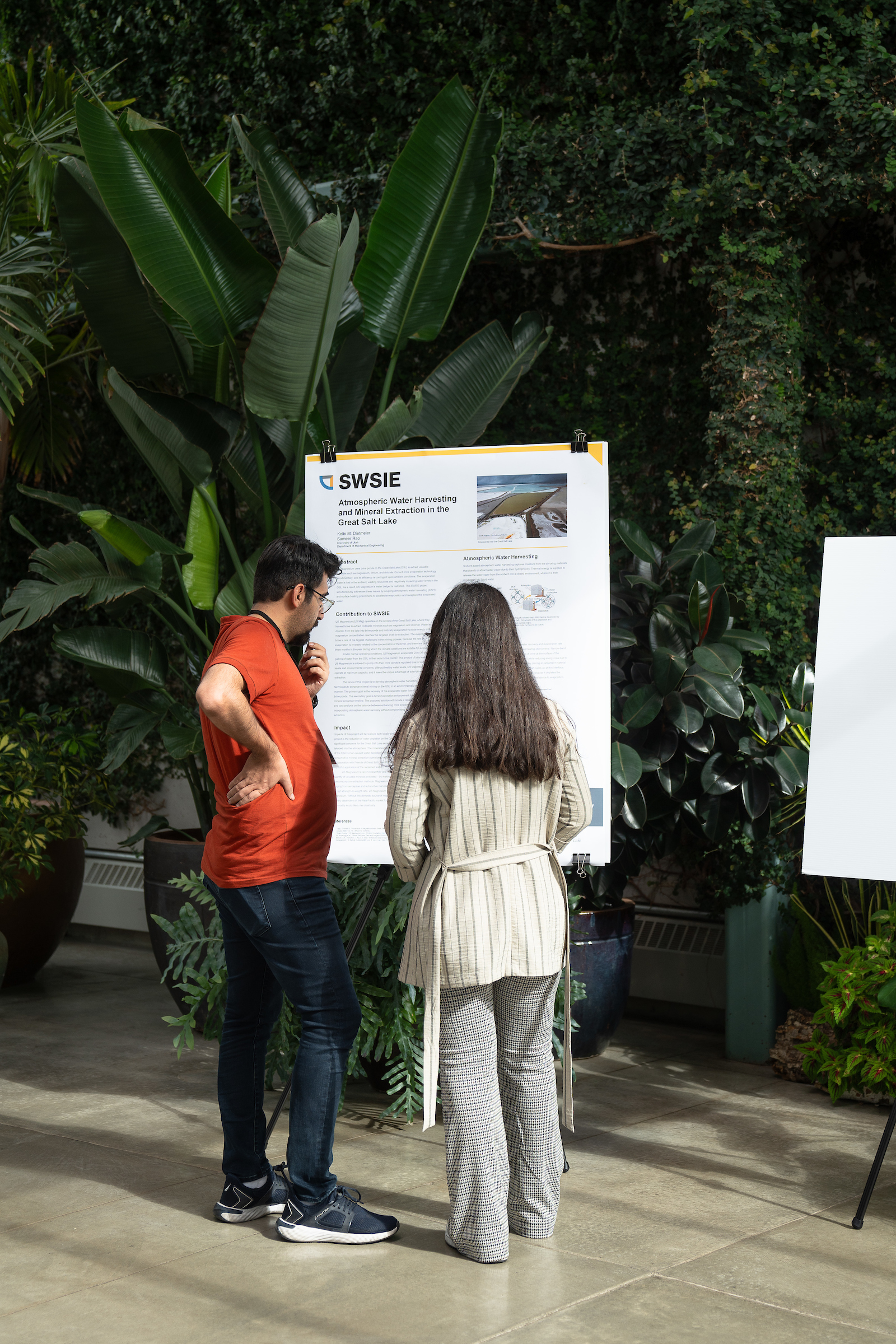
“With SWSIE, we are able to accelerate the speed that things are happening,” said Dr. Brenda Bowen, Co-PI on the SWSIE project and serves as the University of Utah lead. “Even though we are acting so fast, it needs to be faster. There’s this urgency to it, and that so aligns with the urgency of the issues that we’re facing around climate. That’s an exciting thing that SWSIE can bring, that additional incentive to really accelerate things.”
The U’s role in SWSIE
Building from existing partnerships and expertise, the U’s team will advance technology and policy innovation in the water-energy nexus, nature-based climate solutions and carbon markets, and workforce development for future needs in energy and water that span science, innovation, and policy.
The U’s core academic partners in SWSIE are Arizona State University, which serves as the lead partner of the project, the University of Nevada, Las Vegas, the Desert Research Institute, the Water Research Foundation, SciTech Institute and Maricopa Community Colleges.
The U’s SWSIE team efforts will also coordinate through several existing centers, institutes, and programs that focus on water, energy, and sustainability. The work in Utah will align U of U use-inspired research with regional priorities in partnership with neighborhoods, nonprofits, municipalities and utilities, private industry and startups.
The NSF funded SWSIE’s initial development and growth with $15 million over two years. The Engine may be renewed for up to 10 years with $160 million in funding available for each Regional Engine.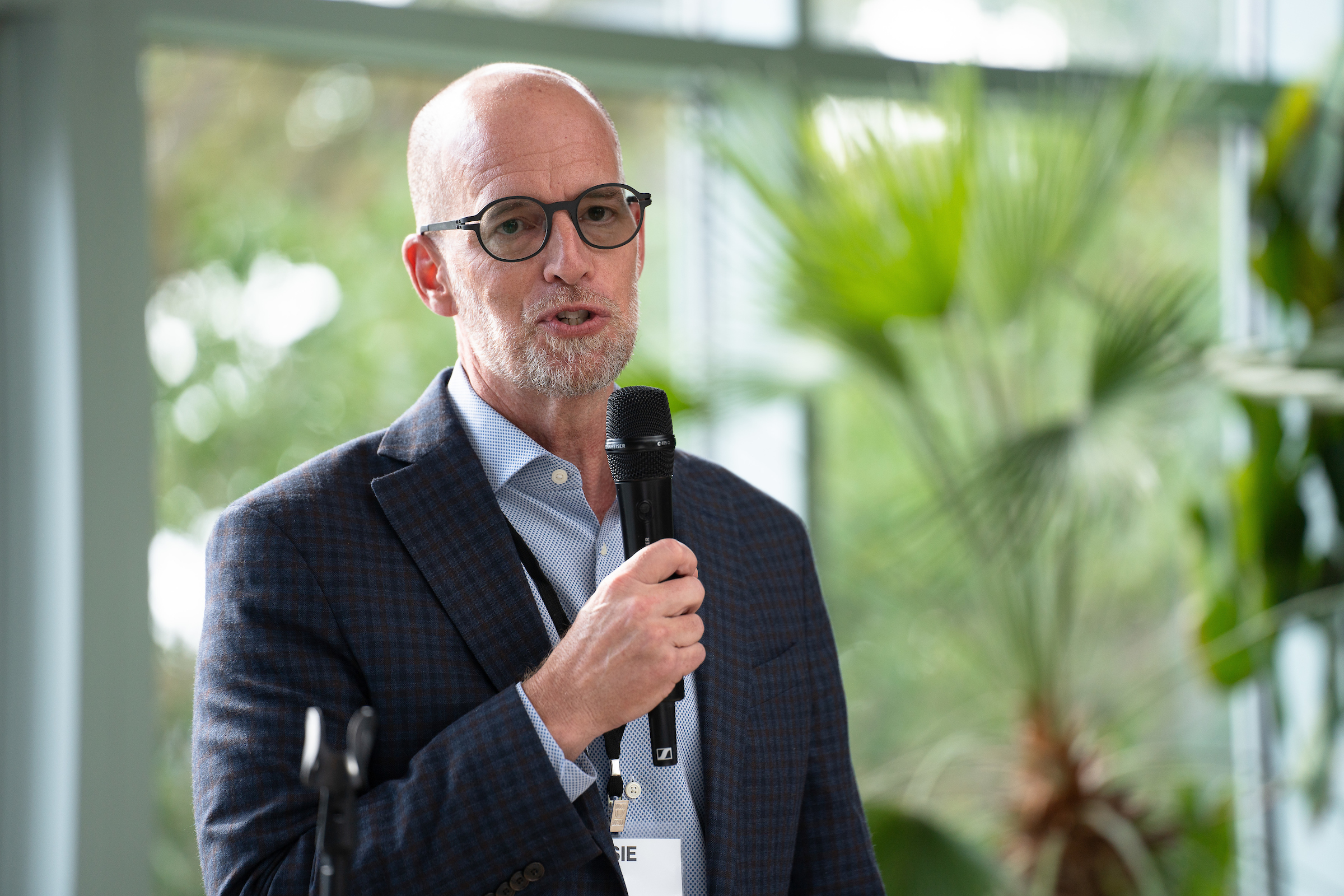
Innovation for both environmental and economic growth
Kori Ann Edwards, Managing Director of Strategic Initiatives for the Utah Governor’s Office of Economic Opportunity, said the SWSIE initiative is critical for Utah and its potential to better the regional environment and create economic growth.
“Utah has had tremendous economic success over the last decade plus, and now we’re really reaching a critical point with a lot of our important resources: water, energy and transportation; our air quality; and our environment,” she said. “It’s critical that we address these for our next economic wave and not have them be prohibitors but have them be accelerators to our economic growth.”
Brian Sherman, chief executive officer of NSF Engines: Southwest Sustainability Innovation Engine, said our region is experiencing economic development growth and SWSIE is enabling continued economic growth and prosperity.
“That’s its highest potential in economic development,” he said. “In addition to that, in terms of how the academic enterprise can benefit, SWSIE will provide market intelligence to the research enterprise. So it will really help the research enterprise get focused on commercialization and accelerate that commercialization.”
SWSIE and saving the Great Salt Lake
One of the greatest challenges the state of Utah faces is how to preserve one of the most iconic landmarks: the Great Salt Lake. During day one of the site visit, attendees got a first-hand look of some of the environmental concerns along the Wasatch Front.
“As we were up in Child Hall on the seventh floor of the Spencer Fox Eccles Business Building, we could see wind gusts blowing across the exposed lakebed of the Great Salt Lake and creating dust events right outside the window,” said Bowen. “You see the construction across the city, you see the mining across the city and it was just all right there, as we’re talking about the need for place-based innovation. Seeing those place-based examples out the windows of our building was pretty striking.”
Two days later, site visit attendees took a field trip to the Great Salt Lake to get an up-close look at the lake. Despite rising in water levels over the last two years, levels at the Great Salt Lake are still low.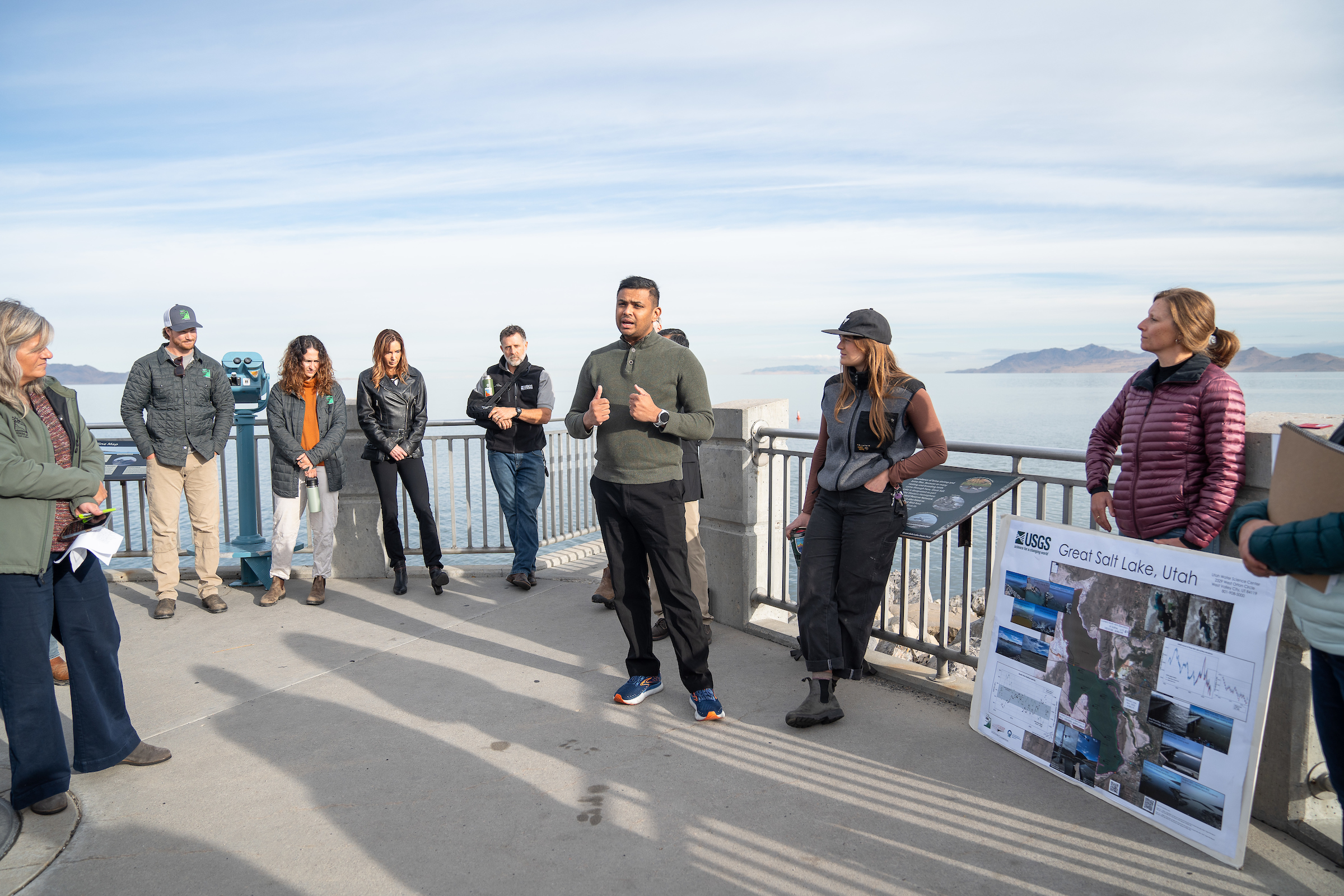
Speaking on the marina overlooking the lake, several researchers and partners discussed how thanks to SWSIE and the NSF, they are able to make advances on their projects as well as make connections with potential partners that will bring solutions to the Great Salt Lake and other environmental issues while creating potentially thousands of new jobs over the next decade.
NSF opening the door for innovation
Having support from local and federal governments and agencies is vital for a project like SWSIE to thrive. These collaborations ensure the Southwest will continue to be a place where innovation will happen for both the region and beyond.
“I think this is building on an incredible legacy of decades of funded research from the NSF,” said Sherman.
Bowen said what the NSF has done with the Engines Program is phenomenal and is unlike any previous NSF-funded initiative.
“They are enabling new collaborations and new investments in ways and at scales that just haven’t happened,” she said. “And this idea that with this critical investment in key places, we can really tip the balance and make some huge changes is vital.”
For Bowen, SWSIE is about bringing people together for the betterment of the environment and economic growth of our region.
“I’m looking around here and I’m seeing professors. I’m seeing people from startups,” she said. “There are people from nonprofits, the tech transfer commercialization sector, the governor’s office. There’s just so many different industries, sectors, and we’re all coming together around this common goal. And to me, that’s what’s super exciting because there’s so much we can do collectively.”
____
A big thank you to our participating partners who attended this key event in Utah and are already making significant contributions to SWSIE.
NSF Engines: Southwest Sustainability Innovation Engine (SWSIE) is a U.S. National Science Foundation-funded initiative to transform the climate challenges faced by the desert Southwest into economic opportunities by harnessing the potential of STEM education and innovation. Led by Arizona State University and in partnership with UNLV, the University of Utah, and Desert Research Institute, SWSIE unites more than 100 partner institutions — spanning researchers, innovators, investors, decisionmakers, and community and industry leaders — across Arizona, Nevada and Utah to cement the region as a leader in carbon capture, water security and renewable energy, while attracting high-wage industries and developing a skilled and capable sustainability-focused workforce.

